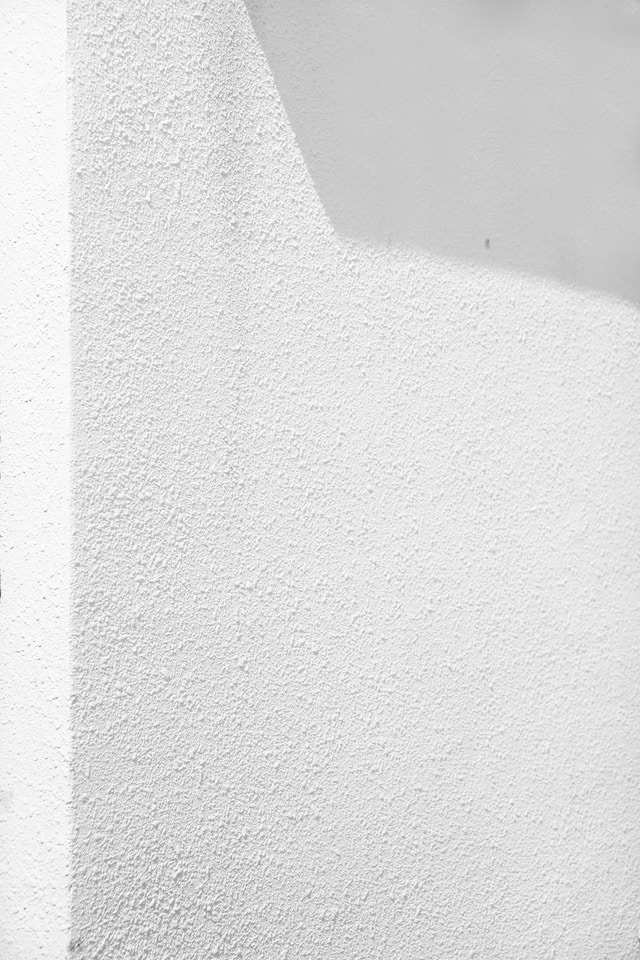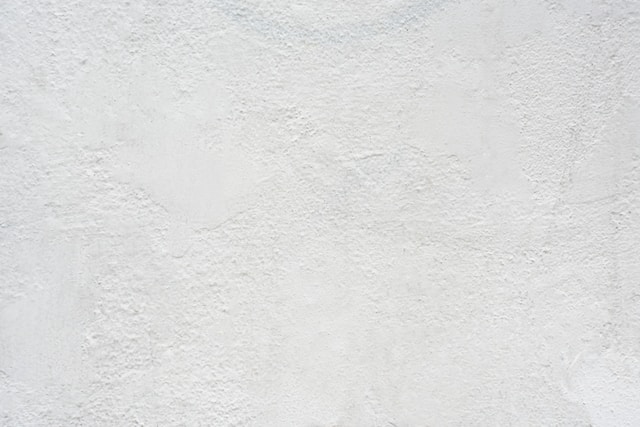Wall Coating in Glasgow provides far greater protection than standard paint does, helping prevent damp infiltration, which leads to mould, mildew, and higher heating bills.
An exterior wall coating will also help prevent green mould from growing, as this requires moisture for growth, and ensure the surface remains dry. Furthermore, it will add value to your property.

Protection from the Elements
Wall coatings are created with the environment in mind, unlike regular paint, which fades and disintegrates in damp conditions. Wall coatings use an exact blend of resins and minerals that are resilient enough to stand up against even the harshest Scottish weather conditions, such as rain, frost, or snow.
Ceramic coatings reflect sunlight and prevent heat loss, keeping your home warmer during the winter and cooler in the summer while cutting energy costs and helping reduce its carbon footprint.
Wall coating’s waterproof barrier keeps moisture out, protecting against mould growth and structural damage while stopping erosion, which is one of the primary factors contributing to brick and masonry deterioration. Wall coating’s super hydrophobic nature repels water before it penetrates walls, causing damage. This provides a significant improvement over other liquid penetrators, which provide only shallow penetration; high-quality wall coating will penetrate 17mm deeper into both brick and masonry for superior protection.
Better Appearance
Wall coating systems differ significantly from regular masonry paint in that they contain numerous ingredients and components carefully chosen to give them high weather and water resistance, such as silicone found within their foundation or base layer.
Silicone is naturally hydrophobic, meaning that it repels water instead of absorbing it. When fused to materials like our wall coating products, their moisture-repelling properties become even stronger.
Wall coatings typically apply thicker than ordinary paint (up to 40 times thicker, depending on the system) and may include texture. This enables them to cover various cracks and scars that would normally show through thin layers of ordinary paint; this phenomenon is known as hiding strength or covering power, and its results can be impressive. In essence, wall coatings in Glasgow create homes that look great while increasing property values significantly.
Longer Life
While the upfront investment for wall coating in Glasgow may be higher than traditional paint, over time you will save money in maintenance, repair, and repainting costs, as well as extend the lifespan. Plus, it helps prevent damp or mildew buildup!
Wall coating durability can be linked to its chemical composition. Wall coatings consist of paints, resins, and minerals chosen specifically for their unique attributes: lightfastness, fungal and algal resistance, and mechanical strength are essential to their success. Traditional masonry paints don’t stand the test of time as, well.
Wall coating systems made of resins contain resins that provide additional attributes, including elasticity, flexibility, and excellent adhesion properties. Furthermore, many manufacturers can tailor colours specifically to any customer requirement; typically, a standard range is provided, but special orders (with minimum quantity requirements) can also be placed to meet special requests; this can save substantial costs on system projects overall.
Reduced Maintenance
An exterior wall coating gives your building the appearance of newness while adding value and reducing maintenance. Furthermore, it protects walls against damp, frost, snow, and rain damage that could otherwise require costly repairs.
These wall coatings can be tailored to any property. With an array of textures ranging from smooth (untextured) systems that look just like paint through fine texture, coarse texture, and heavy high-build textures, there is sure to be one perfect for every project! Additionally, using textures can help hide past scars or crack scars on the wall surface that might otherwise become obvious over time.
Wall coatings tend to be much thicker than conventional paint (up to 40 times thicker, depending on the system), and as such, they are flexible, elastomeric, and memory-based, so they can better accommodate expansion and contraction due to weather fluctuations within buildings, increasing their longevity over time.


